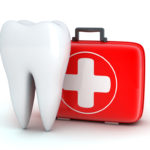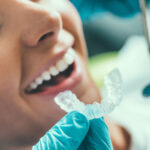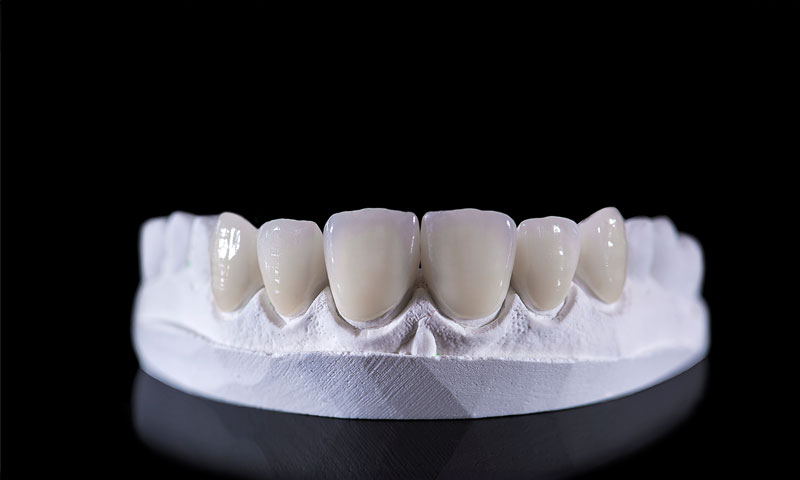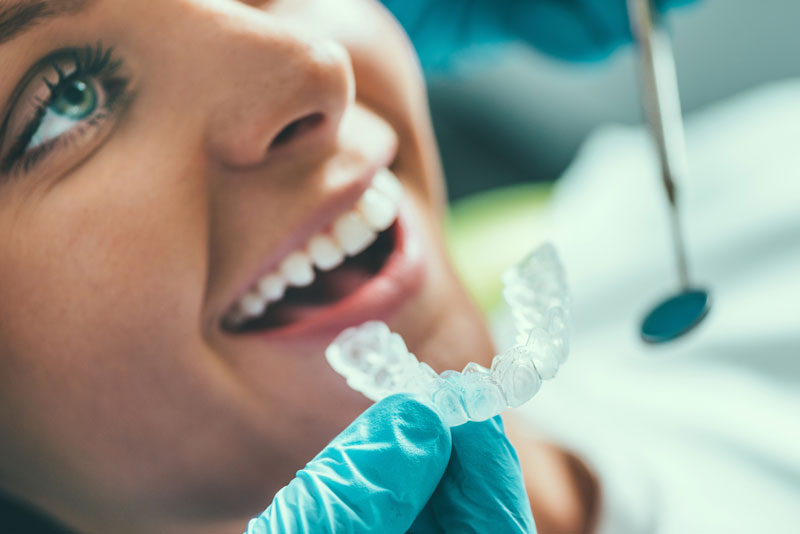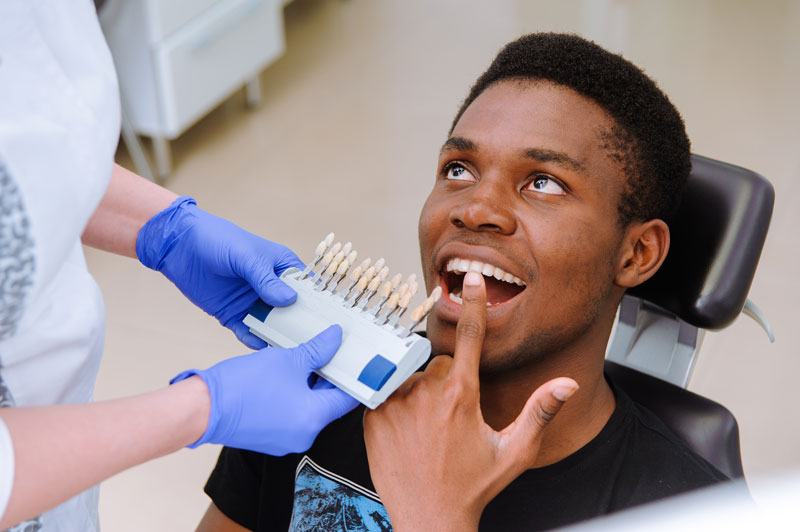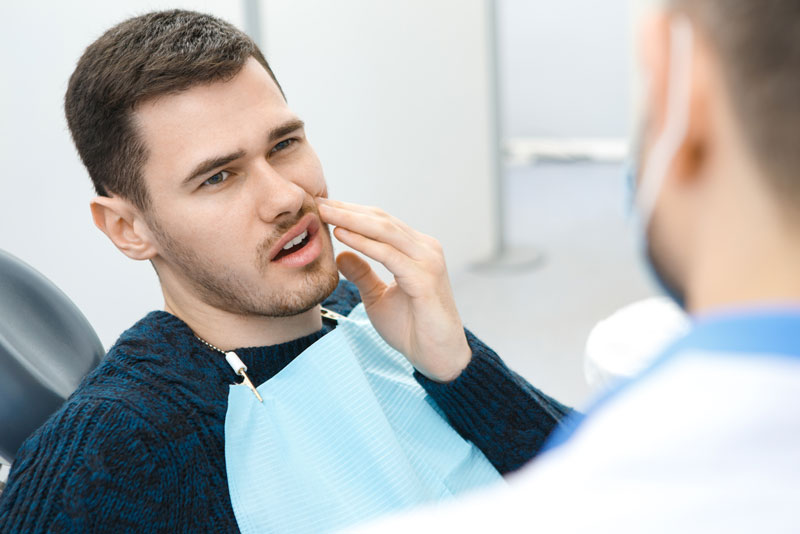Permanent retainers are great for keeping teeth straight without a lot of intervention from you or your dentist. However, they are also notoriously difficult to clean. Over time, these little “out of sight” devices accumulate significant amounts of plaque that can damage your teeth and have other negative affects on the mouth.
There are three main devices that can be used to floss bonded retainers.
Floss Threaders
These handy devices are little plastic needles that help direct floss between the teeth and under your retainer wire. Once the floss is under the wire, it can be moved up and down the sides of the adjacent teeth to remove plaque. The downfall of floss threaders is that you have to re-thread the floss between every two teeth that are bonded to the retainer.
“Superfloss”
“Superfloss” is a precut portion of floss on which the manufacturer has covered one end in plastic. The stiff end makes it easier to thread the floss between the teeth. The tip should be rounded and soft so that it does not damage your gums. If your “Superfloss” is irritating your gums, stop using it immediately and try another device.
Small brushes or “picks”
These little brushes fit between the teeth and easily clean by removing food debris and stimulating the gums to promote periodontal health. They are made of plastic and rubber and do not damage your enamel. Many people, once discovering these devices, have quit traditional floss all together and now solely use “picks” for their oral hygiene.
Additional Advice
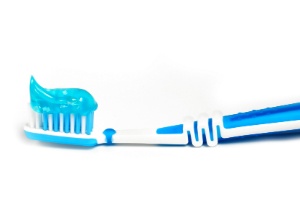
When you have a fixed retainer, in addition to flossing, you also have to brush very carefully to avoid breaking any wires or irritating your gums. We suggest you use a toothbrush with soft, fine bristles, and gel toothpaste.
The soft bristles and gel paste are less abrasive, meaning they won’t damage the retainer or your gums. Spend extra time brushing the back of your teeth in the morning and at night, especially where your tongue touches the retainer. This will significantly cut down on your mouth’s plaque build-up and will keep the retainer clean.



